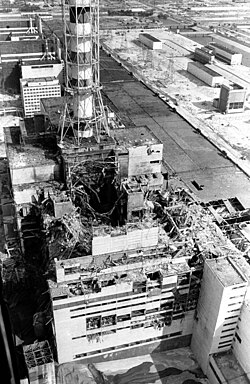Understanding Chernobyl: A Historical and Environmental Overview

Introduction
The Chernobyl disaster, which occurred on April 26, 1986, remains one of the most catastrophic nuclear accidents in history. Its significance extends beyond the immediate tragedy, affecting health, environment, and nuclear policy internationally. Nearly four decades later, the repercussions of the disaster are still evident, making the Chernobyl incident a crucial topic of discussion today.
Details of the Disaster
The disaster took place at the Chernobyl Nuclear Power Plant in present-day Ukraine, resulting in a steam explosion that caused a reactor to explode. This explosion released a significant amount of radioactive particles into the atmosphere, affecting areas far beyond the immediate vicinity of the plant. The subsequent fire contributed to the spread of radioactivity, contaminating large parts of Europe.
In the aftermath, a town near the plant, Pripyat, was evacuated, and a wide area around the plant was designated as an exclusion zone, which still remains in place today. It was estimated that over 600,000 workers, known as ‘liquidators,’ were involved in the clean-up, with many facing severe health consequences, including cancers and chronic illnesses due to radiation exposure.
Long-term Consequences
The long-term effects of the Chernobyl disaster are still being studied. According to the World Health Organisation (WHO), the radioactive release is expected to lead to thousands of future cancer cases. Psychological impacts on residents and emergency responders have also been profound, leading to a sense of isolation and distress among those affected by the disaster.
Current Developments and Remembrance
Recently, the Chernobyl exclusion zone has become a focus of ecological research, providing insights into the resilience of nature in post-nuclear environments. Several tours have been set up for people to learn about the disaster and its aftermath, blending education with preservation of memory.
Additionally, Universal Pictures released a popular mini-series ‘Chernobyl’ in 2019, significantly raising global awareness about the event, leading many to gain a deeper understanding of the incident’s complexities.
Conclusion
The significance of Chernobyl extends beyond its historical context; it serves as a stark reminder of the potential consequences of nuclear energy mismanagement. As nations explore energy policies, particularly with the push for greener sources, the lessons learned from the Chernobyl disaster remain ever relevant. Continued dialogue about nuclear safety and health impacts is essential to prevent similar tragedies in the future.









